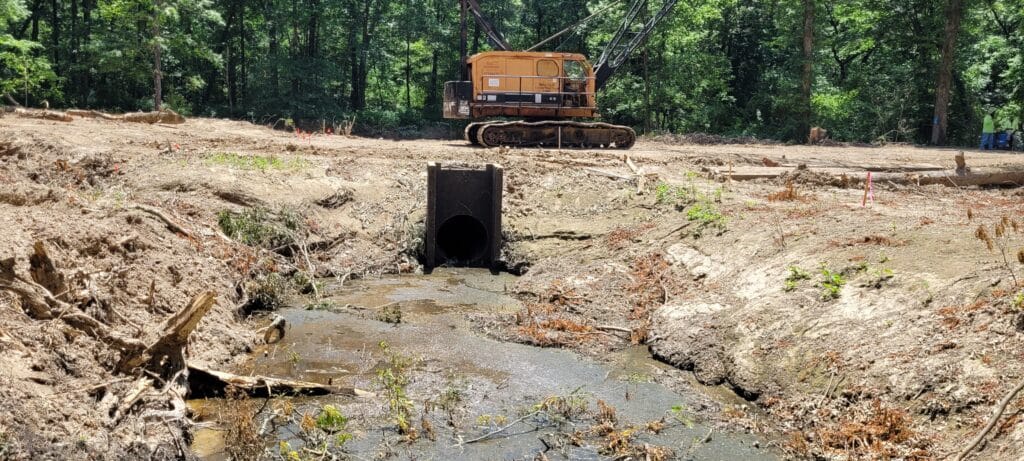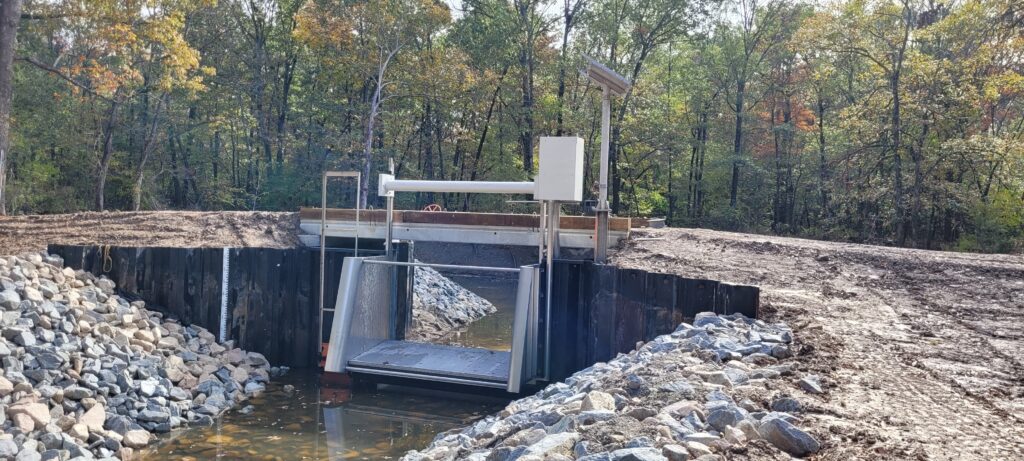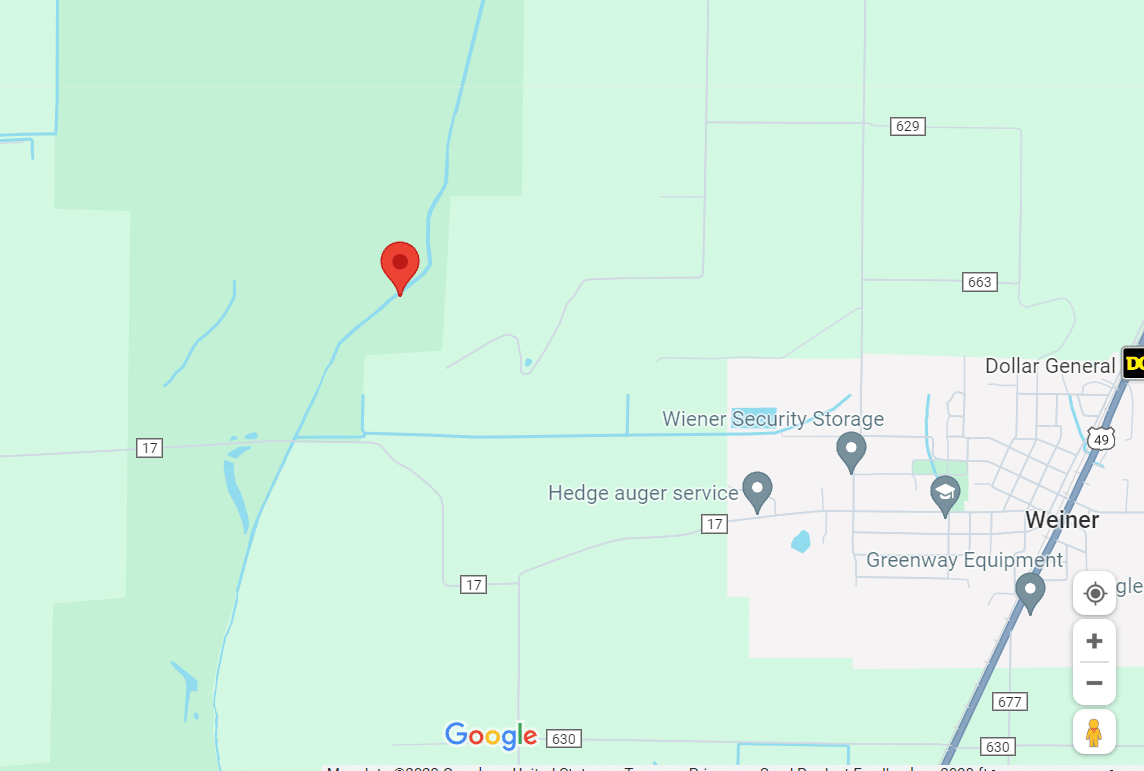Earl Buss Bayou DeView WMA (Oliver Tract)
Latest Earl Buss Bayou DeView WMA (Oliver Tract) Updates:
- On Dec. 12, 2024 photos were provided of the levee work, spillways and smaller water control structures to complement the large overshots.
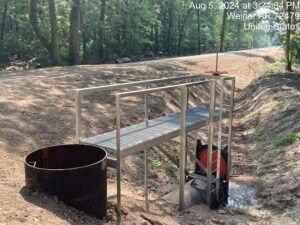
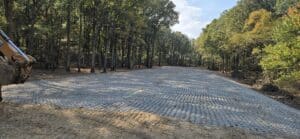
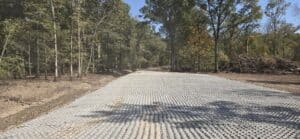
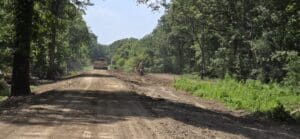
- On Dec. 13, 2023 Phase 1 was completed on both the Thompson and South Oliver tracts. Phase 2 has been awarded and the contractor is ordering and gathering the materials to work on spillways, levee work, and smaller water control structures.
Information for Area Closure
Renovation in full swing at Earl Buss Bayou DeView WMA
Greentree reservoirs in Earl Buss Bayou DeView Wildlife Management Area in Poinsett County also saw the beginning of major renovation work planned over two phases. Phase one began in early June with heavy machinery bringing in modern infrastructure to be installed in the WMA’s Thompson Tract GTR.
Two large (15- and 18-feet wide) electrically powered metal overshot gates that can be operated remotely will replace two outdated 4-foot structures that used a screw gate and aluminum “boards” to retain water. The new water-control structures are going in at the Thompson Tract, in the middle of the WMA, and the South Oliver greentree reservoir, on the property’s south end. Phase Two, most likely beginning next summer, will add more water-control structures, rebuild levees and add spillways that will let spring and summer floodwater flow through the WMA more efficiently.
Much like on Hurricane Lake WMA, the work at Bayou Deview was partially funded through Ducks Unlimited and the North American Wetlands Conservation Act.
Some forest management work also has taken place at Bayou Deview. The WMA did not see as much tree death as other areas, and a good amount of red oaks remain in the greentree reservoirs. The canopy is closed and needs to be opened to allow young red oaks to become established.
Bayou DeView is channeled in northeast Arkansas, unlike the winding parts of Bayou DeView found near Interstate 40 near Brinkley. The bayou’s periodic flooding can cover nearby roadways over 1 foot deep. Spring floods are going to happen, but biologists have learned that moving water is much less damaging than stagnant water held back by poor drainage.
Jason Carbaugh, an AGFC regional biologist based in Jonesboro, said, “It’s natural for the area to flood in spring. When the 2021 duck season closed, I started pulling boards (after two large snowfalls) in February. Bayou DeView flooded and drained five times from March through July. This past spring it flooded (and drained) four times after duck season closed. These new structures that we’re putting in, as well as renovating levees and putting in large spillways, will allow those natural spring floods to flow through these WMAs at a much more efficient rate, improving forest health and regenerating red oak communities.”
Resources
Below you can find more information regarding the closure of these areas and the standards that demonstrate the agency’s commitment to responsible forestry and building better habitats across our natural state:

